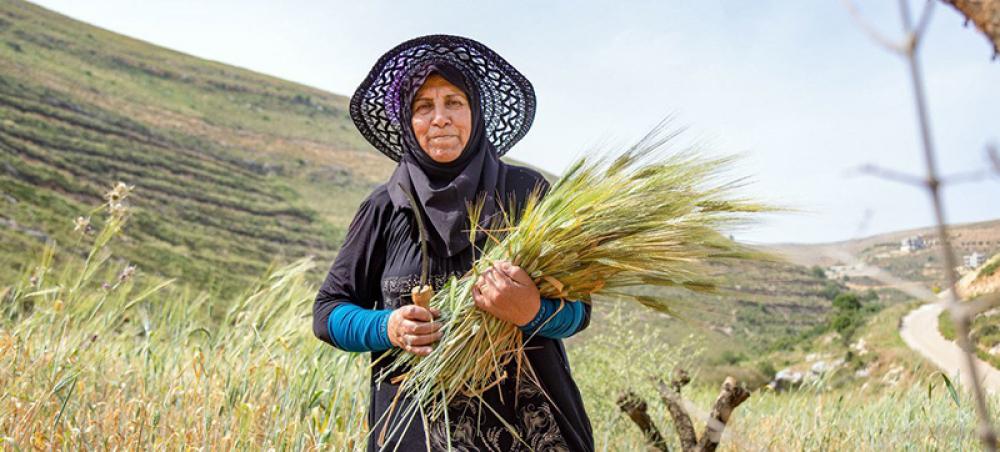Just Earth News | @justearthnews | 07 Nov 2023, 04:54 am Print
 FAO
FAO Photo Courtesy: UNDP Lebanon
Although current agrifood systems provide nourishment and sustain economies, they also impose huge hidden costs on health and the environment - the equivalent of at least $10 trillion annually - a new report by the Food and Agriculture Organization (FAO) has revealed.
The figure represents nearly 10 per cent of global Gross Domestic Product (GDP), according to the 2023 edition of The State of Food and Agriculture (SOFA) – the agency’s flagship report - which covers 154 countries.
Acknowledgment and action
It introduces the concept of the hidden costs and benefits of agrifood systems, offering a framework through which they can be assessed.
The aim is to help decision makers steer global agrifood systems – the whole industry encompassing food and non-food agricultural production - towards greater sustainability.
“In the face of escalating global challenges: food availability, food accessibility and food affordability; climate crisis; biodiversity loss; economic slowdowns and downturns; worsening poverty; and other overlapping crises, the future of our agrifood systems hinges on our willingness to appreciate all food producers, big or small, to acknowledge these true costs, and understand how we all contribute to them, and what actions we need to take,” said FAO Director-General Dongyu Qu.
Unhealthy diets, emissions and poverty
The report found that the biggest hidden costs, more than 70 percent, are driven by unhealthy diets that are high in ultra-processed foods, fats and sugars, leading to obesity and non-communicable diseases, and causing labour productivity losses. This is particularly the case in richer countries.
One fifth of the total costs are environment-related, from greenhouse gas and nitrogen emissions, land-use change and water use, with all countries affected.
Meanwhile, low-income countries are proportionately the hardest hit by hidden costs of agrifood systems, which represent more than a quarter of their GDP, compared to less than 12 percent in middle-income countries and less than eight percent in high-income countries.
Hidden costs associated with poverty and undernourishment are also the most significant in these nations.
More analysis needed
The report calls for more regular and detailed analysis by governments and the private sector of the hidden or “true” costs of agrifood systems through true cost accounting, followed by action.
Although there have been previous attempts at measurement, the FAO report is the first to disaggregate these costs down to the national level and ensure they are comparable across cost categories and between countries.
‘A call to action’
The UN agency will dedicate two consecutive editions of the SOFA report to the same theme, marking a first. The current report presents initial estimates, while the 2024 edition will focus on in-depth targeted assessments to identify the best ways to mitigate them such as through taxation, subsidies, and legislation.
FAO has urged governments to use “true cost” accounting to transform agrifood systems to address the climate crisis, poverty, inequality and food security, which will require investment and innovations in areas such as research, data collection and capacity building.
“I hope that this report will serve as a call to action for all partners – from policymakers and private-sector actors to researchers and consumers – and inspire a collective commitment to transform our agrifood systems for the betterment of all,” said Mr. Qu.
- Samsung’s Freestyle+ appears before CES 2026 — The AI twist no one saw coming
- Twist in Bangladeshi leader Hadi killing: Prime suspect Masud denies guilt, says he is in Dubai, not India
- Meet the robot LG says could end household work forever
- Silent night turns deadly: 16 charred to death in Indonesian retirement home blaze
- Samsung’s 2026 audio revolution is here — Smarter multi-device sound will blow your mind



-1763561110.jpg)


